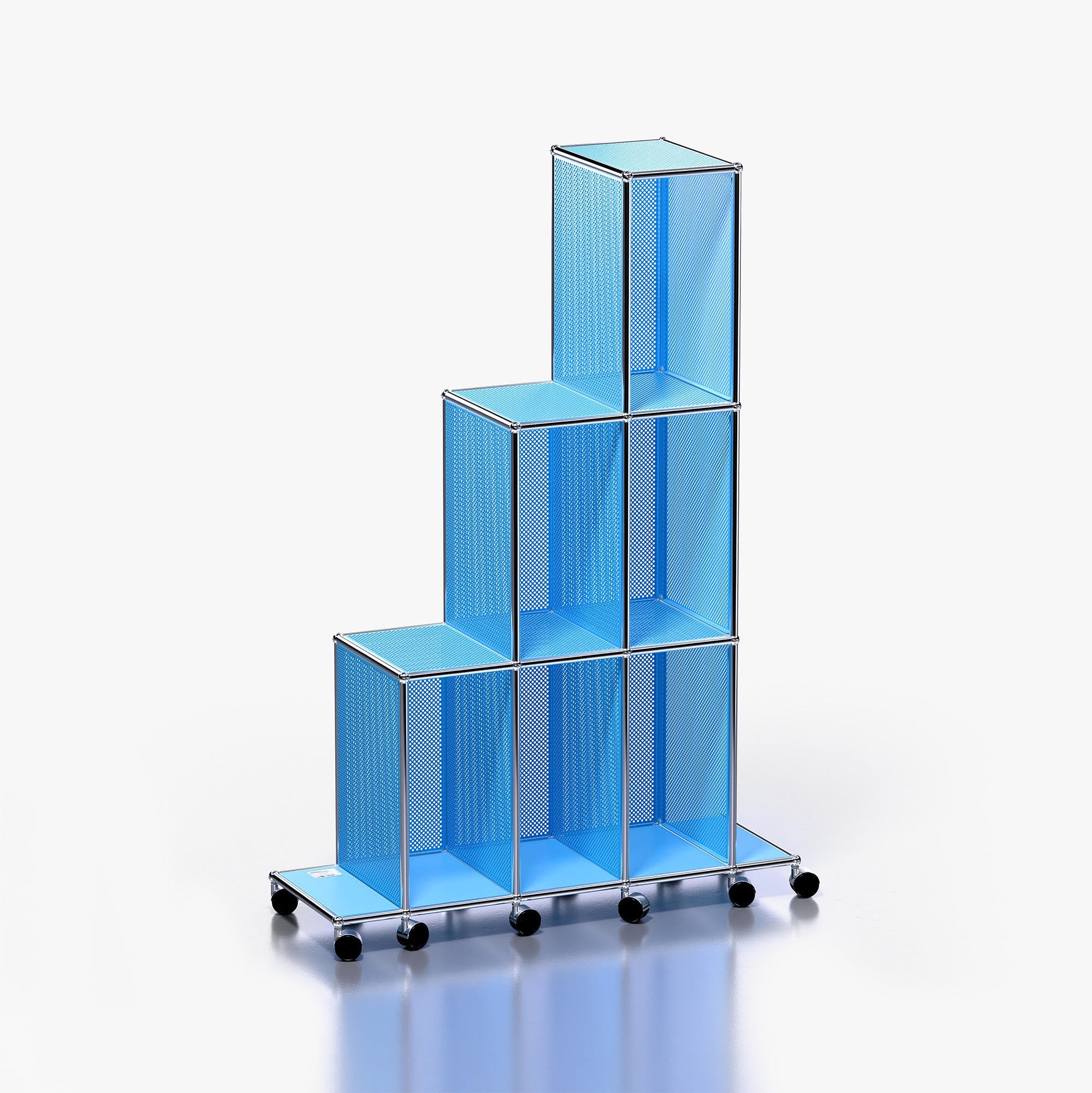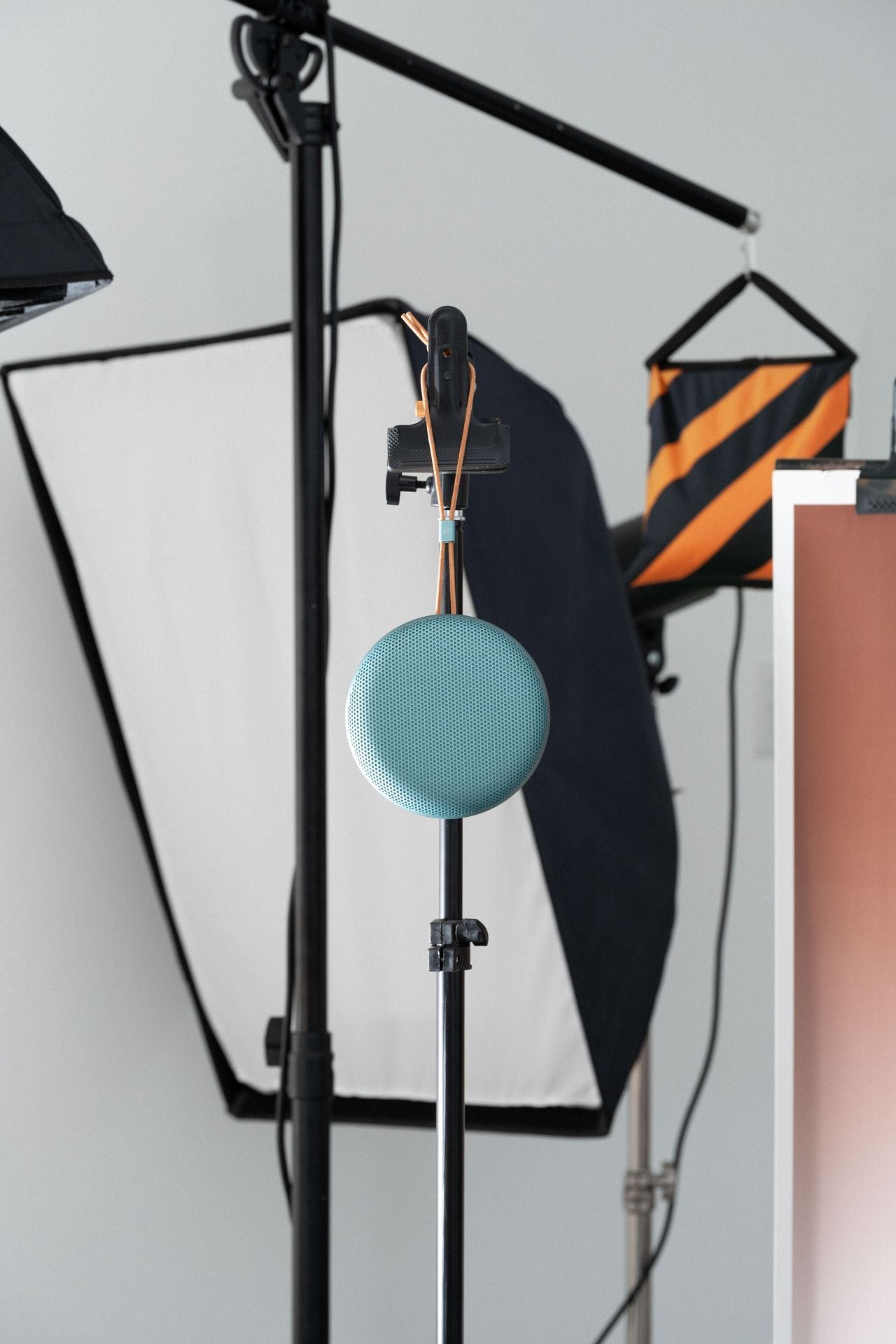
Interview: Ben Ganz -PIN-UP is a laboratory-
Ben Ganz is the current artistic director of PIN-UP and founder of the New York-based design studio Office Ben Ganz. He fuses his editorial creativity with graphic innovation to transform PIN-UP into a platform for experimental and radical ideas. His work intersects architecture, graphic design and typography to produce striking and somewhat thought-provoking work. Having studied design in Europe and the US, his collaborative work continues to push the boundaries of contemporary design through the magazine and his own projects.

What kind of work do you do as the creative director of PIN-UP? Also, is there anything you keep in mind when creating content as a team?
PIN-UP is published only twice a year, so we have the creative freedom to do what we really want. Content is produced in collaboration with the members of Office Ben Ganz and the editorial team within PIN-UP. We also work directly with the founder, Felix Burrichter. Because we have a small number of members, the actual process is quick and we think it's easier to produce innovative things.
I think that making decisions that prioritize creativity is necessary to make a good magazine. Otherwise, the relationship between the magazine's content and the graphics that express it will be lost. Therefore, it is very important to think about the concept that is decided at the beginning in a comprehensive approach, and we think about it deeply.

What do you keep in mind when designing the graphics for PIN-UP?
PIN-UP is a magazine with a great track record, and I have a lot of respect for how it has evolved over the last 18 years, which is a very long time for an independent magazine. Felix, the founder, has a great attitude towards editing, and he gives space for other people to put forward their own ideas and incorporate them into the design. I think that's one of the reasons the magazine has survived.
Felix trusts me to do what I want, so I'm taking a different approach to past PIN-UP designs and designers' ideas. For example, I'm making the visual language a bit more flashy. Previous covers were designed last, but I always create the cover that I'm happy with first. Also, because we only publish twice a year, we have more time to prepare compared to a typical magazine, which allows us to explore the design more. We create new typefaces for each issue and incorporate different printing and finishing methods, which also influence the photography. This is a unique aspect of this magazine.

How do you balance your work with PIN-UP with your own studio projects?
Although the work for PIN-UP is very important, my studio also works on projects for several other clients. The work is almost done in parallel, so it is essential to have a team to work with. For me, PIN-UP is like a laboratory in a sense, a place to come into contact with new works and talents and to try various things. In fact, the discoveries I make there can influence other projects and vice versa. I am very interested in what is happening in the world of architecture and design, so reading the contents of the magazine every time I design is a great learning opportunity.

HOMER CAMPAIGN 2021 / CREATIVE DIRECTION, SET DESIGN COLLABORATORS: FRANK OCEAN, MICHAEL ABEL PHOTOGRAPHY: TYRONE LEBON

HOMER PLUS PENDANT & SCARF JEWELLERY DESIGN, ARTWORK / COLLABORATORS: FRANK OCEAN, MICHAEL ABEL PHOTOGRAPHY: MAXIME GUYON

NIKE GLOBAL 2022 CAMPAIGN CREATIVE DIRECTION, DESIGN / COLLABORATORS: CHANDELIER CREATIVE, MICHAEL SCANLON
How did PIN-UP HOME start? Tell us about your past collaborations.
PIN-UP HOME was started by me, my business manager Kristen, and Felix. We create objects with a magazine editor's approach, and we do campaigns and photo shoots for each collection. In that sense, this project I think that PIN-UP is an experimental space where we can add new perspectives to existing products through collaboration. By doing so, we can create more interesting objects than if we were to make one-off pieces. I feel.
In this project, we often start with an idea and then find the right partner to bring it to life. That's why we collaborated with Swiss furniture manufacturer USM. I grew up in Bern and was surrounded by USM furniture since I was a child, so it felt like going back to my roots. In Switzerland, USM furniture is everywhere. It's used in city pharmacies, law offices, public facilities, and exists as part of the city, like architecture. With that background, it was important to make use of existing designs in this collaboration, and we created a series of mobile, hybrid furniture that reflects New York life. This series, which adds playful and decorative elements to USM's traditional system, is one of my favorite pieces in PIN-UP HOME.

USM NYC by BEN GANZ
You grew up in Berlin. What kind of family did you grow up in?
My parents are both teachers and my father is a keen pianist, so they shared a strong interest in music and all things creative and encouraged me to pursue a career in design.
Tell us about your subsequent experiences studying and working in Europe and the US.
I first studied traditional typography at a university in Lucerne. After that, I worked for several years at a graphic design studio called Neubau in Berlin. There, I was involved in designing a book themed around the four seasons of Berlin, which was a very valuable experience for me in my early twenties. I then went on to study design at Yale School of Art in the United States. I was greatly influenced by Sheila Reverend de Bretteville, who was the director at the time. I think that through these experiences, I was able to fuse a certain kind of traditional Swiss design with American pop culture, which led to my current style.


What do you think about Japanese art and design culture?
I have been to Japan several times, mainly Tokyo. I am very impressed by the long history of product design and graphic design in Japan. I respect the precision and uniqueness of the designs. I feel that Japanese graphic design, like Swiss design, has an attitude of creating within visual constraints. When I worked with publisher Lars Muller in the past, the book by Hara Kenya that he showed me was very inspiring. He not only does graphic design for MUJI and various other clients, but also art direction and product design, and I was struck by the breadth of his designs.
Would you like to collaborate with any Japanese artists, designers or brands in the future?
If I have the opportunity, I would love to do it. I would like to go to various regions of Japan someday and see various crafts such as pottery. I think the key is to find a project that I can collaborate on. Japanese culture and crafts already have great value, so I would like to add a new perspective in a way that respects them. I think it is important to create more sustainable manufacturing by adding something new, rather than simply reinterpreting.

PRADA RESORT 2020 CAMPAIGN / ART DIRECTION, DESIGN CREATIVE DIRECTOR: FERDINANDO VERDERI / PHOTOGRAPHY: KEIZO KITAJIMA & DREW VICKERS ART DIRECTION: BEN GANZ, DANIEL SUMARNA
What are your upcoming projects?
We are currently working on the next issue of PIN-UP and some PIN-UP HOME projects, which will be released early next year. We would like to incorporate small items such as pens and cutlery sets in the future. We are also planning to set up a new studio in SoHo, New York, which is still under renovation and is a long process, but it is one of our important projects. There, we hope to change the way we work by gathering all our designs and inspirations in one place. We are also working on the visual imagery and design for the Cooper Hewitt Triennial.
New Scale features music that inspires creators, so let us know if you have any recent favorite songs.
I like to listen to music in the background while I work to help me concentrate on the design - Koudlam's album "Precipice Fantasy" and Arthur Russell are some of my current favourites.

PIN-UP
Interviewer
Yusho Nishioka
